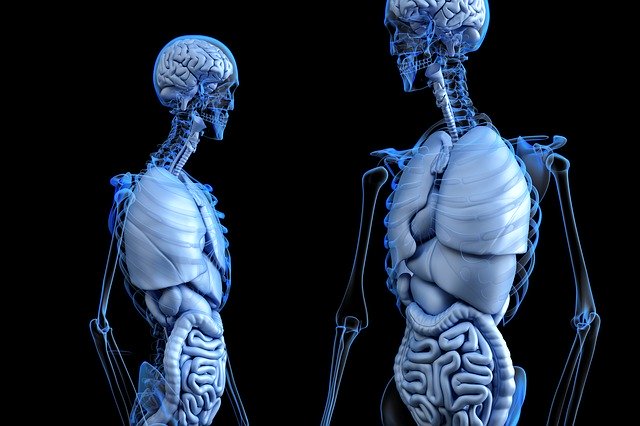Podcast: Play in new window | Download (Duration: 13:18 — 11.2MB) | Embed
Ibandronate is a bisphosphonate that can be used in the management of osteoporosis.
Bisphosphonates like ibandronate require a full glass of water for oral administration.
Patients should remain upright for at least 30-60 minutes following taking ibandronate to help reduce the risk of esophagitis.
Osteonecrosis has rarely been associated with bisphosphonates like ibandronate – I’ve discussed a couple of risk factors that may place a patient at higher risk.
Be sure to check out our free Top 200 study guide – a 31 page PDF that is yours for FREE!
I discuss important drug interactions on the podcast, be sure to check out my latest project which is a 200+ page book on managing drug interactions in primary care.
I discuss important drug interactions on the podcast, be sure to check out my latest project which is a 200+ page book on managing drug interactions in primary care.








